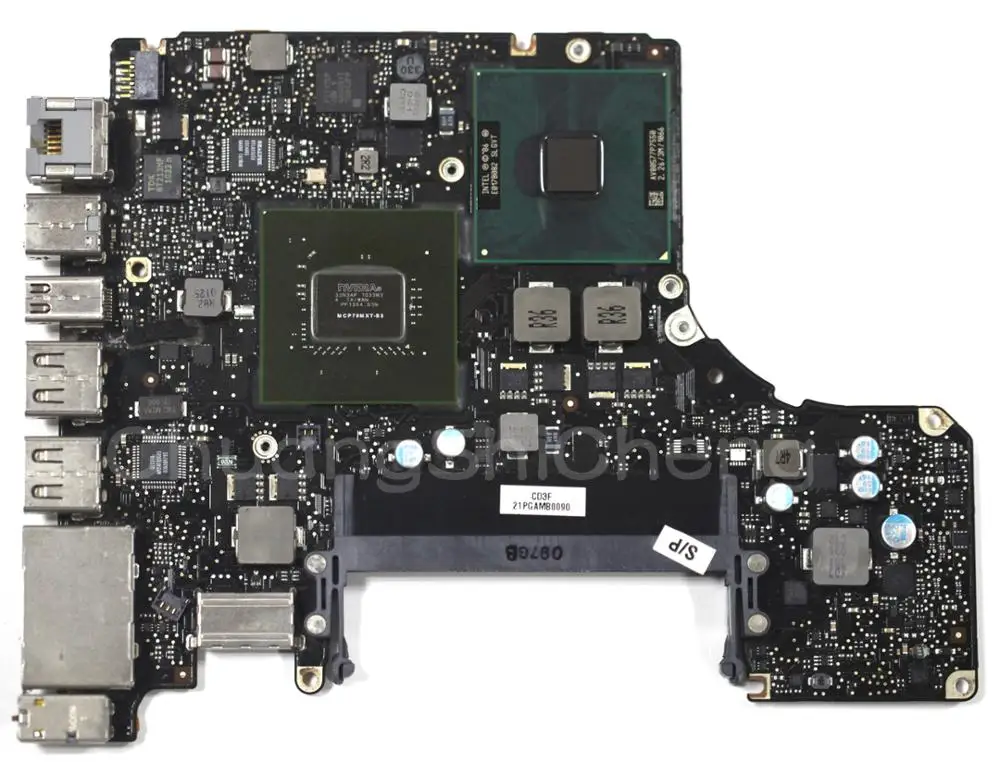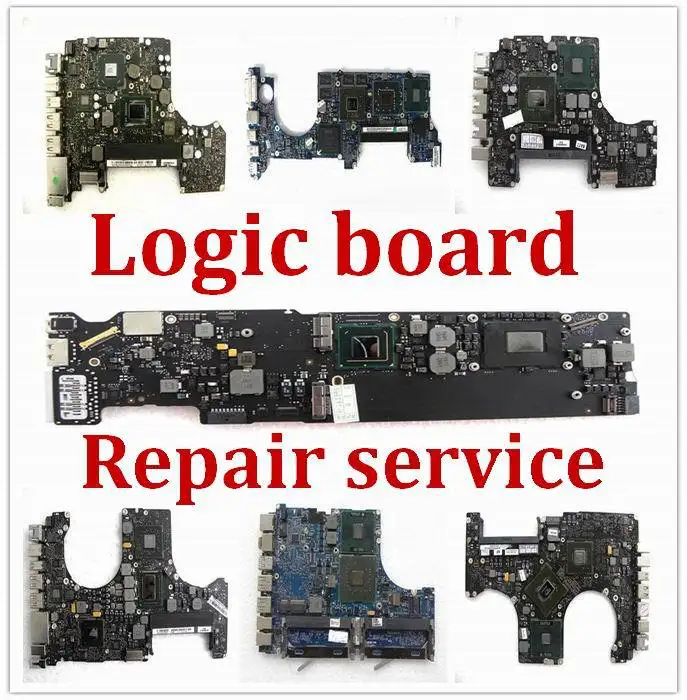

To conserve physical space, the flash storage in the Retina MacBook Pro is made up of strips of memory, much like RAM.

Unlike a hard drive, flash storage has no spinning storage platters or read/write head skipping about to access data from physical locations on the discs, making data access much faster. The Retina MacBook Pro accomplishes its swiftness by using a fast CPU and graphics processor, but also by replacing a traditional hard drive with flash storage. But experiencing what’s possible and then returning to what’s normal was especially difficult when I had to send the Retina MacBook Pro back to Apple. I usually refresh my computer every three years or so, which has historically worked in my favor (see “ More Bang, Less Bucks for My MacBook Pro,” 20 November 2006). Yes, the high-resolution screen is beautiful, but coming from the experience of using a mid-2010 MacBook Pro, the machine’s overall speed made more of an impact on me.Īs tempting as the new machine is, however, I’m not yet ready to replace my current laptop. Apple sent a unit for me to review for my Seattle Times column, and I was impressed (see “ Retina MacBook Pro: a treat for the eyes, maybe not for the wallet”).
#2012 MACBOOK PRO MOTHERBOARD REPLACEMENT HOW TO#

#1612: OS suggestions, new accessibility features, higher cellular prices, Chrome OS Flex for old Macs, Memorial Day hiatus.


 0 kommentar(er)
0 kommentar(er)
